|
Post by Armando Rosario-Lebron Dr. Jeffrey Shultz, our resident arachnologist, gave us insight into the sex life and morphological diversity of harvestmen or Opiliones, also known as “daddy longlegs”. These arachnids are often ignored and thus provide an open territory for new research. A trek through the woods surrounding the Washington DC metropolitan area will often yield a few harvestmen. According to Dr. Shultz, some of these may be new species that have been overlooked even in the most populated areas of the Eastern United States. Your own back yard could be host to a “new” species of harvestman, undescribed by the scientific community. The Shultz lab now focuses most of their research on the genera Leiobunum and Hadrobunus. Until recently, Hadrobunus was thought to contain only two species, both first described in the 19th century until the recent additions of 11 new species by the Shultz lab. According to Dr. Shultz most species within the genus occur in the southeastern US, with a few lineages reinvading the north following the retreat of the glaciers The pattern suggests that the South served as a glacial refugium. However, what really makes the story interesting is the resulting diversity in the sex lives of both Leiobunum andHadrobunus, which suggests that there has been a hidden “sexual arms race” were males either coerce or entice females to mate with them. In many organisms females tend to “call the shots” in choosing a male that may meet standards for health or increase the chances of offspring and/or egg laying success with nuptial gifts. The healthy plumage of a peacock’s feathers for example may indicate health, “good genes” and a higher success rate for future offspring. This system attempts to ensure that the “best genes” are passed from generation to generation. However, as in all natural systems the rules can be broken and some males have found ways to bypass the filters to mating that females have put up. This drama of romance and coercion is the current focus of the research within the Shultz lab and is apparent within the morphology of harvestmen. Dr. Shultz gives us beautiful illustrations on the genitalia of harvestmen, all critical to the sexual arms race. The diversity within the group is vast – some males have large penises that may even be longer than the body. Other males may have special glands to entice the female to eat and mate. These become tools to penetrate the fortress of the female reproductive system in harvestmen. The females themselves may have bulwarks in the form of an armored operculum or flap covering their pre-genital opening near the mouth. These plates may be notched and sealed shut with immense force by muscles all attaching to an internal structure called an endosternite. As a testament to the strength of the plates, Dr. Shultz noted that during dissection removal of the plate may make a sudden audible pop when pulled open. In some females these may be further modified with the entire structure forming a unit sealed shut and wedged between two sternal plates, effectively locking the structure. Beyond that lies a worm-like ovipositor with a small opening that is the target that the male’s penis has to reach. She uses this ovipositor to both probe the soil and lay her eggs in the right location. The males in response have a penis that extends via hydraulic function. Similar to the diversity of the female defensive mechanisms the male penises vary in the number of muscles they have and the presence of special sacs they use to entice the female to mate. These sacs release a nuptial gift directly into the female's mouth. As she is eating the female will eventually open her operculum and the penis will enter the pregenital chamber. In some species this process of enticing or coercing the female may take hours, in others minutes. Dr. Shultz's research revolves around determining the evolutionary relationships between these harvestmen based on the presence or absence of these sacs. Eastern North America, Central America, Europe and Asia appear to be centers of biodiversity for harvestmen which led to the question: Are the harvestmen of eastern North America a monophyletic group or a phylogenetic mosaic with relationships across the globe? According to Dr. Shultz there is sufficient confidence in recent molecular data to show that most of the North American group is monophyletic or derived from a common ancestor and is not a phylogenetic mosaic. Graduate student Mercedes Burns in the Shultz lab explored a facet of this hypothesis via a phylogenetic analysis of the relationships between harvestmen, focused on the states of the presence or absence of nuptial sacs. In essence two methods were used. One assumed that the “ancestral” state of species is the presence of nuptial sacs, but these could be lost evolutionarily. The second method attempts to determine the rate of change from having sacs to not having sacs and overlays these over the relationships between species of harvestmen on a tree. The results provided evidence that, over time, female barriers were erected in response to males “cheating the system” and no longer using sacs with nuptial gifts. However there was insufficient evidence to suggest that lack of a sac also resulted in males morphologically forcing their way into the female operculum. Dr. Shultz is now collecting data on the strength of male penile protractor muscles and comparing that to female operculum muscles. His laboratory is also working on determining if there is a difference in the flexibility of the harvestmen penis and if this is correlated with an ability to force their way into the operculum. In the end, Dr. Shultz would aims for a “big picture” where he can test whether environmental conditions drive this sexual arms race and create shifts between enticement vs. antagonistic strategies in harvestmen. This may provide insights into sexual selection in other organisms and how changes in the environment can shift reproductive strategy. About Armando
Armando Rosario-Lebron is a Graduate Student within the laboratory of Dr. Cerruti RR Hooks. He is currently studying methods to augment natural enemies of Stink Bugs in agricultural systems. Comments are closed.
|
Categories
All
Archives
June 2024
|
Department of Entomology
University of Maryland
4112 Plant Sciences Building
College Park, MD 20742-4454
USA
Telephone: 301.405.3911
Fax: 301.314.9290
University of Maryland
4112 Plant Sciences Building
College Park, MD 20742-4454
USA
Telephone: 301.405.3911
Fax: 301.314.9290

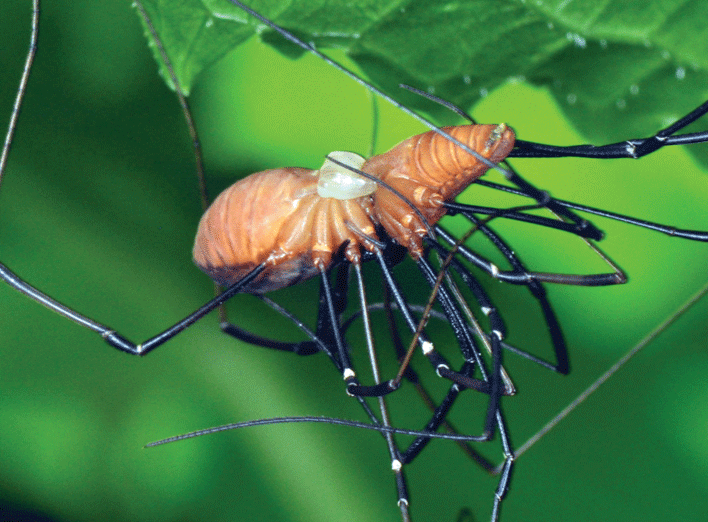
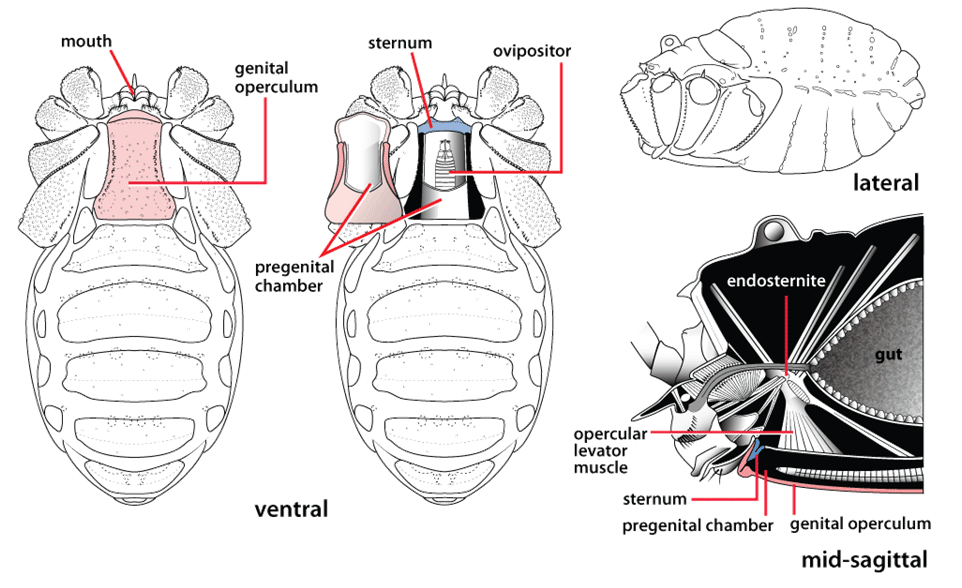
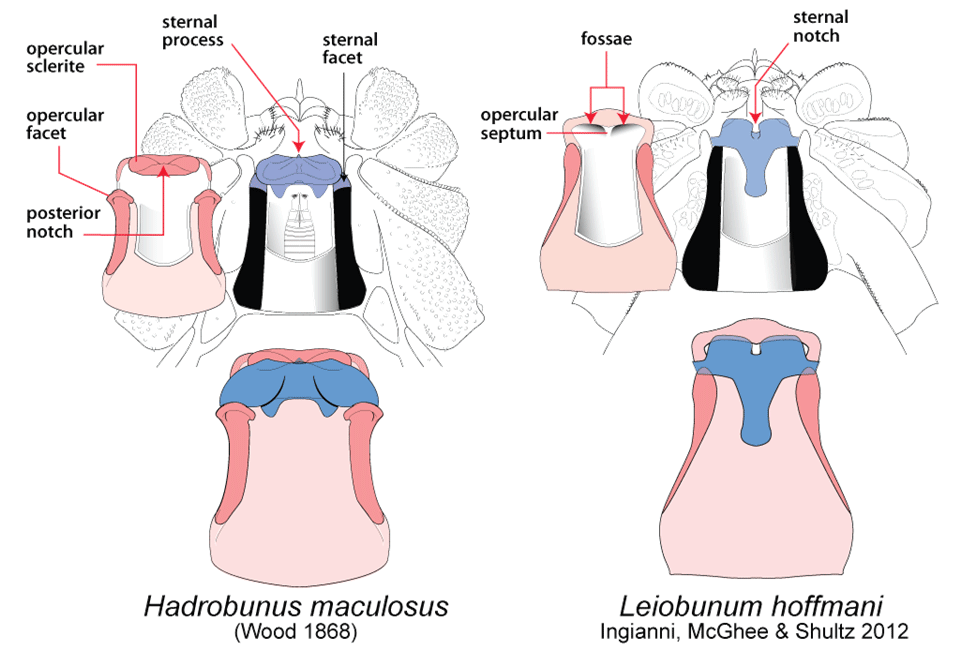
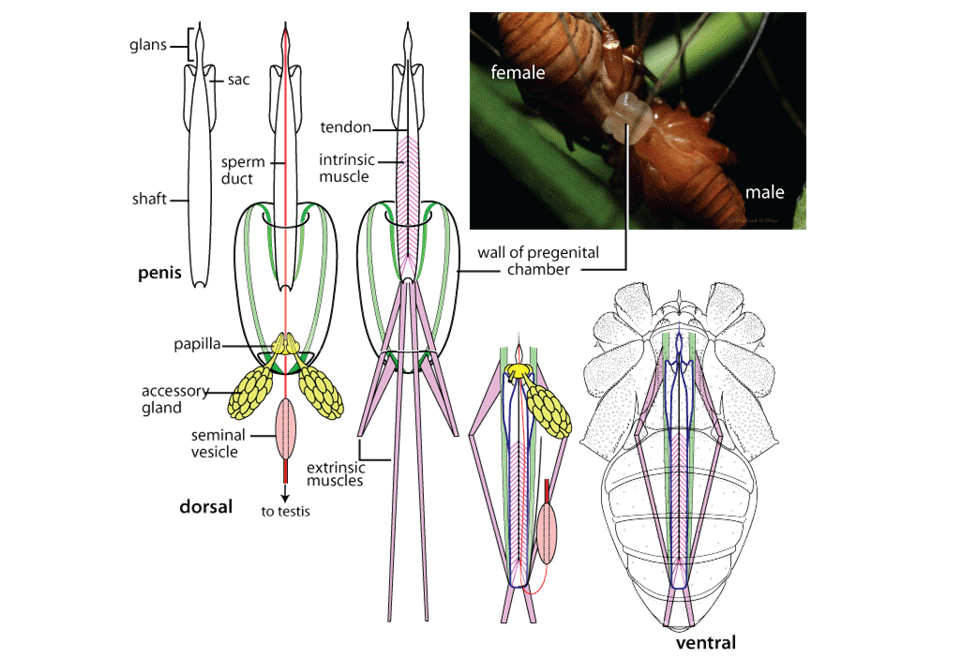
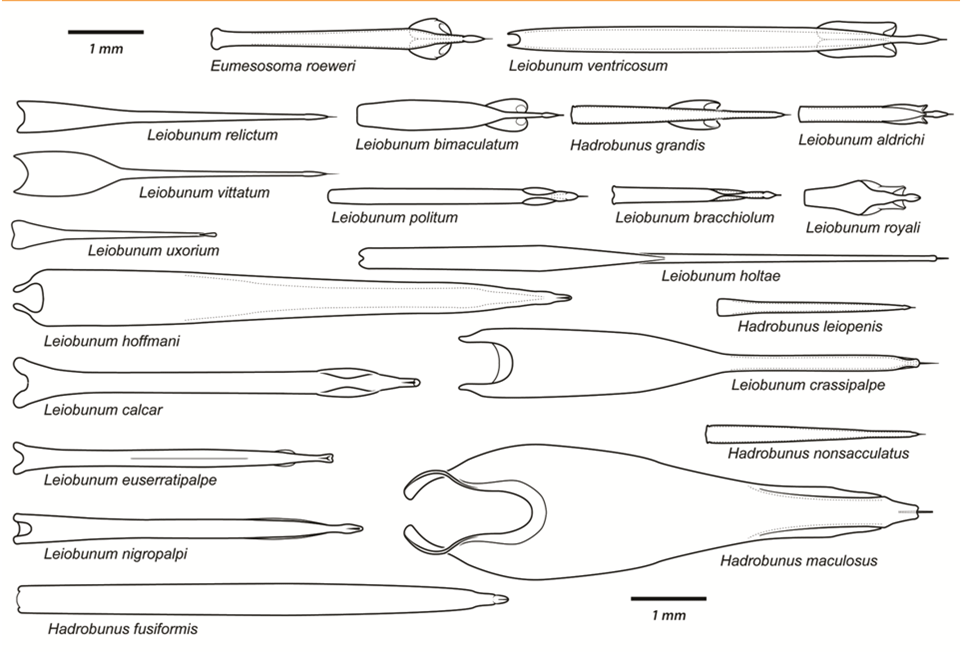
 RSS Feed
RSS Feed




